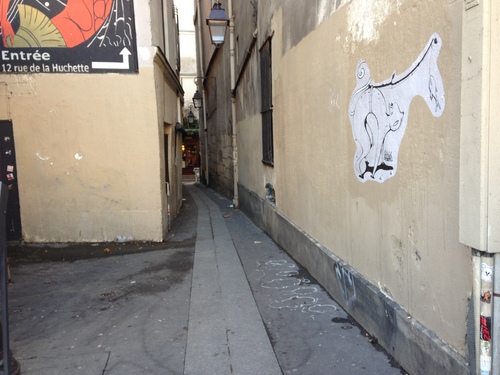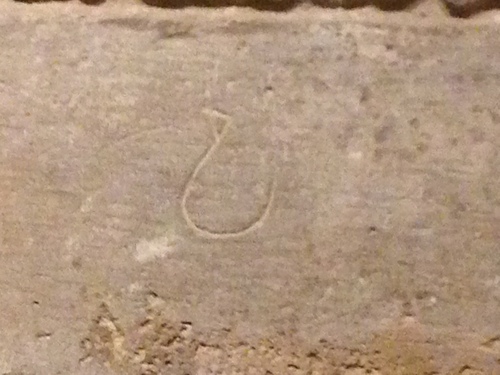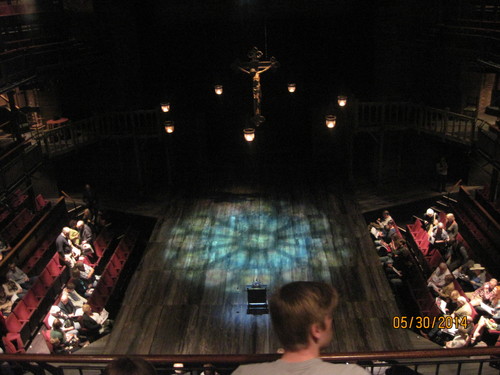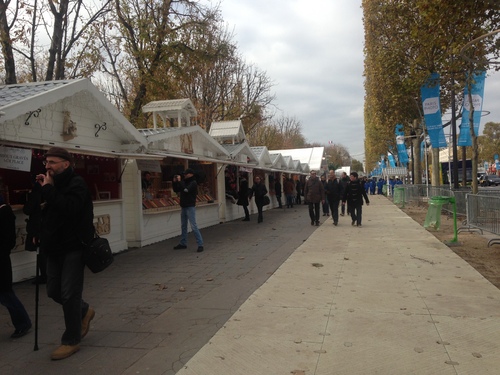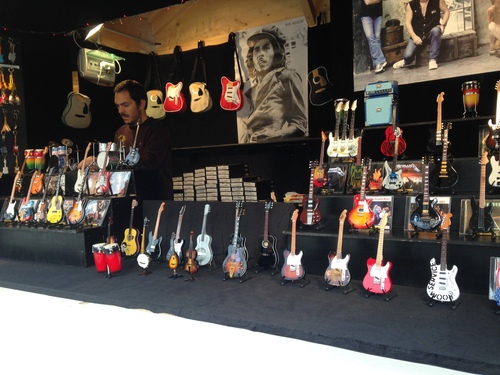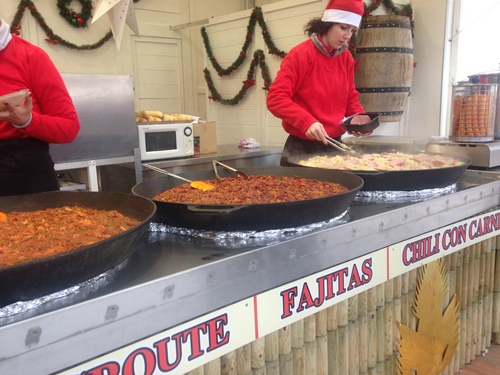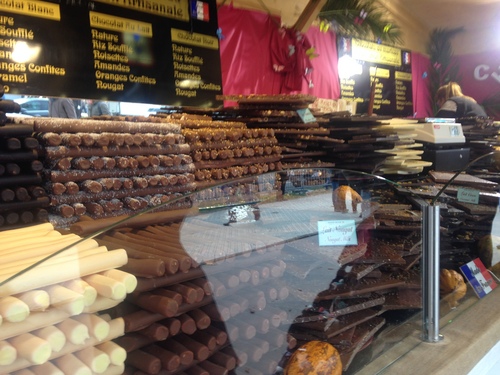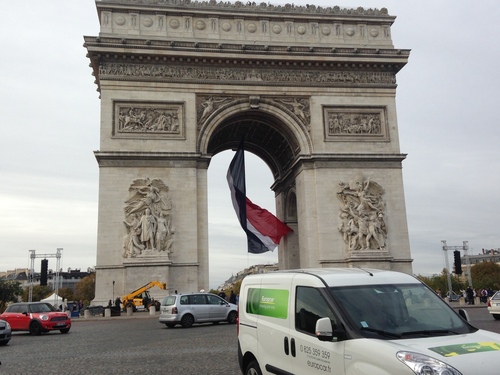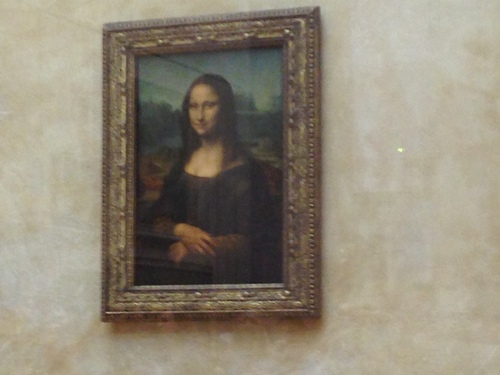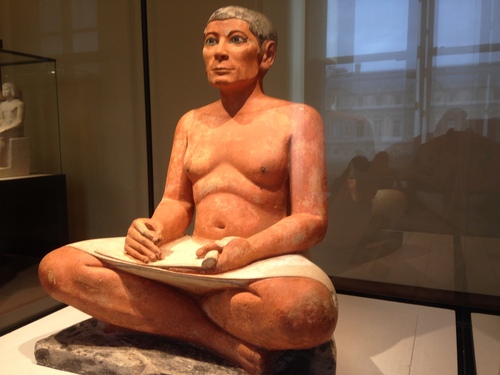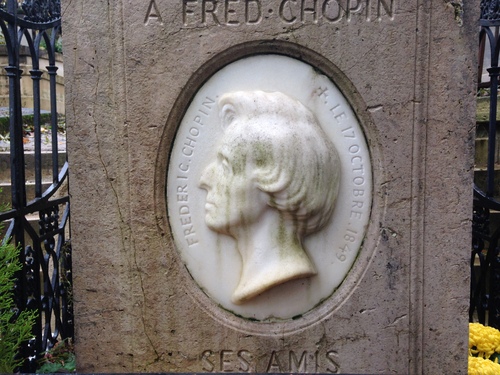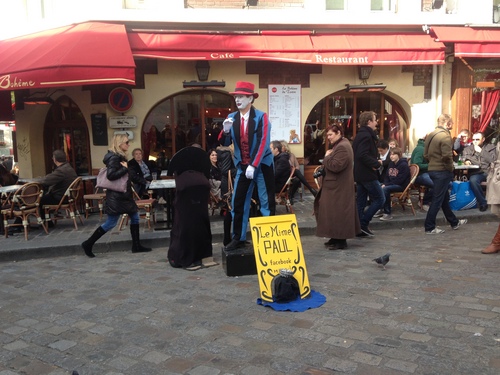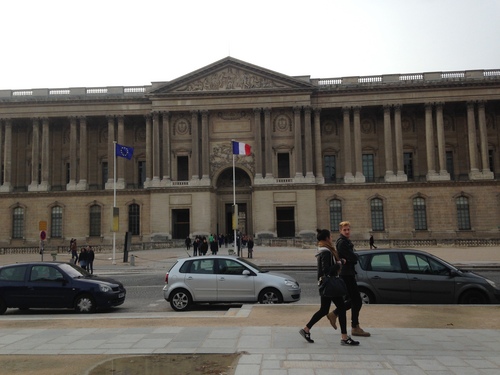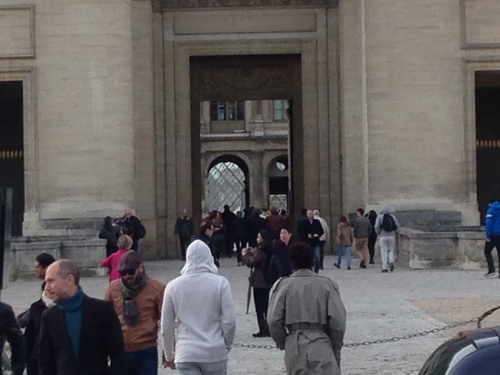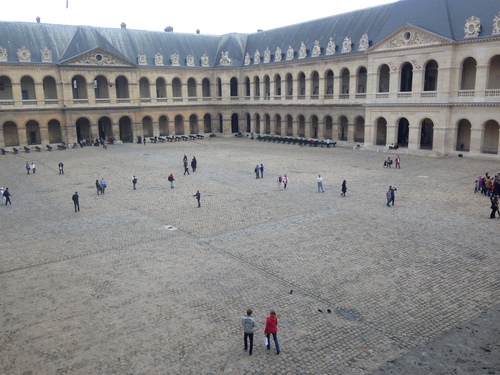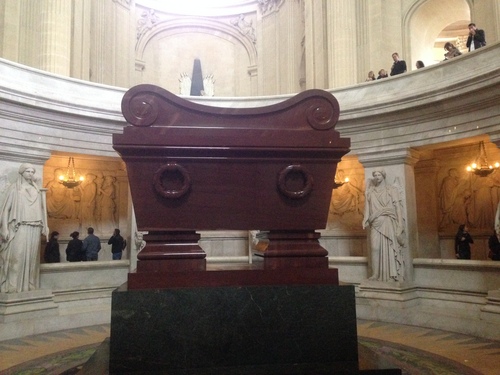So, this week started off very interesting. The French police were kept busy for several days looking for a man who had opened fire near the Arc de Triomphe, stole a car, took the driver hostage and then fled on foot. He was eventually found, after about three days, and I mention this because of how I viewed the reactions of the French people. Let me say that an occurrence like this is extremely rare in France, our grammar professor was very adamant about that, and the police did act very swiftly. However, Paris is a huge city with many metro stops minutes from each other on foot, narrow streets with countless even narrower alleyways, and millions of people. Because I live near the Champs-Elys�es, several embassies and the building where the Senate meets, there is always a large police presence, but this past week my street was wall-to-wall police. Not that I minded, it means I’m that much safer getting to and from the metro, and most of them recognize me now so I don’t get asked for my papers. The day that this happened, the streets were virtually deserted and we were warned by IES to stay at home unless we were at school, but the next day, the Parisians and tourists were out as they normally are; no one was really worried that the man would be caught, which he was, on Thursday. So, it was, “oh my gosh” for a day, then back to business as usual. That was a head-scratcher.
This week was a pretty busy week of school, so not a lot of pictures, but I did include some from two class trips to Notre Dame and the area around the Eiffel Tower. Our history professor is awesome and knows just about everything about Paris. I wish he hired out as a tour guide because I’d hire him in a heartbeat.
This is obviously Notre Dame, which is celebrating the 850th year of it’s existence this year. So, they decided to build a huge grandstand right in front of it for a few ceremonies and in my opinion, completely ruined the view. Usually, the parvis (space in front of the church) is a long, beautiful plaza, but until the end of the year, this is what you’ll see. You can’t really get a picture of all three portals, but at least this picture shows the grandeur and size of this magnificent church.

Right in front of Notre Dame, you’ll find Point Zero, which all roads in Paris stemmed from at the time it was built.

Originally Paris was called Lut�ce and was only on Ile de la Cit�, which is the island in the middle of the Seine where Notre Dame is. The original walls of Paris were made of wood and nothing remains of those today. However, not long after the wooden walls were torn down, stone walls were built (which were subsequently torn down) and this paved path in the middle of the road marks where that stone wall was. At that time, the Seine was much larger, so it came very close to where this wall stood, which is about 75 feet from the edge of the existing quai.

In 1910, Paris suffered a major flood. The walls (quais) that border the Seine are about 30-40 up from the river, and the tiny green sign that reads “Crue” marks where the flood waters reached. This sign is on the side of a building on Ile de la Cit�, so you get an idea of how high the waters were. The metro was completely new at that time and there were only 2 or 3 metro lines open, but they were completely flooded.

I’m sure everyone has seen pictures of the Eiffel Tower, but I really wanted to give you a perspective of the size of this structure. Built for the Exposition Universelle (World’s Fair) of 1889, it stands over 1000 feet high, but when you walk up to the base, it is staggering how huge this tower truly is. The bridge in front of it is Pont Iena, which was built around the same time the tower was, and behind it is the Champ de Mars, which is easily two football field lengths, and then behind that is l’Ecole Militaire. I took this picture from the Trocadero, which was also built for one of the l’Expositions Universelles.
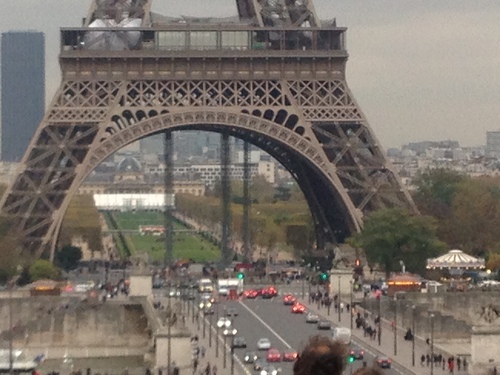
And this is the Trocadero, well part of it anyway. The middle buildings are flanked by two extensions that arc around like arms reaching out. For several World’s Fairs, the grounds of this were used to exhibit new plants, flowers, etc…, while the buildings held many other expositions. For several expositions, everything between the Trocadero all the way to the Ecole militaire was completely utilized for the expositions from countries all over the world. The fairs lasted anywhere from 4 to 10 months and saw upwards of 60 million visitors…before 1900!
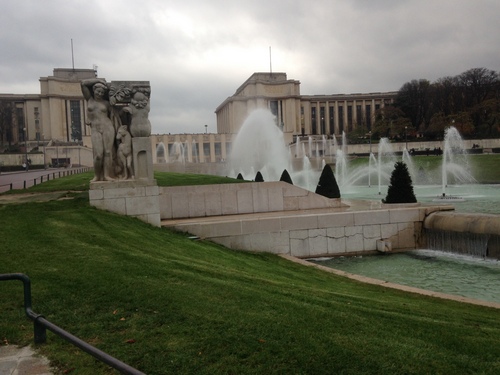
Hope you enjoyed this week’s interesting turn of events. Hopefully this coming week will be much more sedate! 🙂
Location: Paris, France








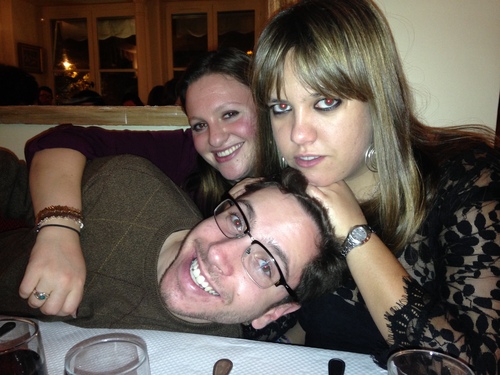







![IMG_2479[1].JPG](http://sites.psu.edu/wp-content/uploads/sites/12412/2013/12/IMG_24791-thumb-500x375-3954111.jpg)

